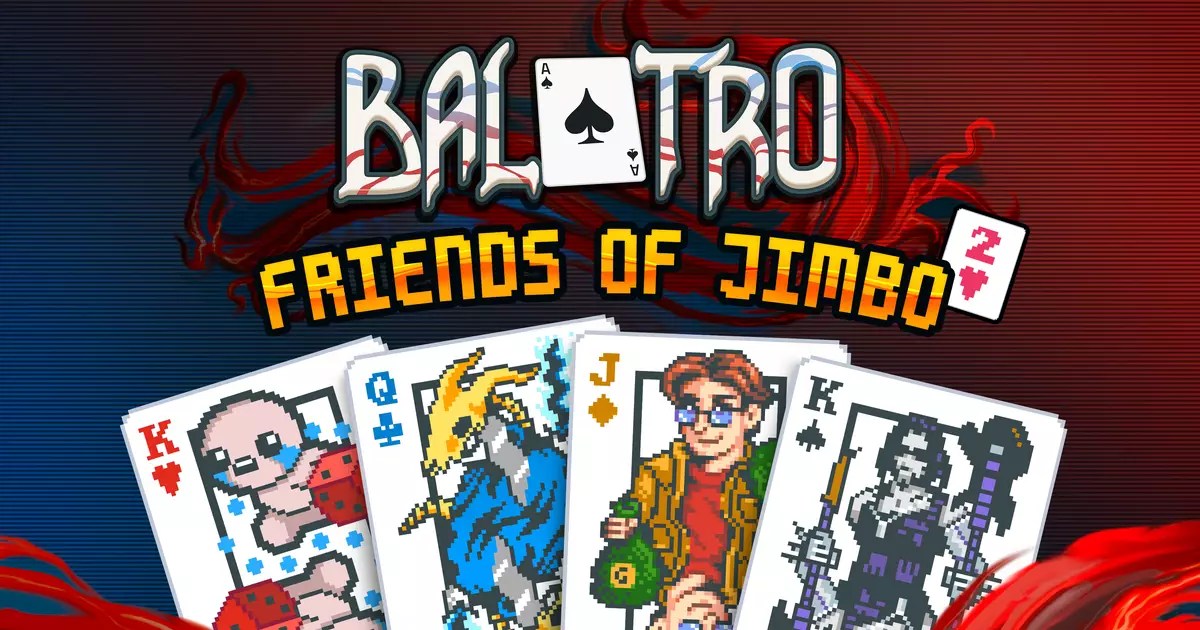My recent experience with Balatro, a game that claims to elevate the card-battling genre, was paradoxical. After dedicating a solid hour to immersive gameplay, I felt a wave of delight followed by an urge to uninstall the game. This immediate retreat may raise eyebrows—after all, it was a pleasant hour. However, it is essential to understand that enjoyment does not always translate into a commitment to ongoing engagement. Like many, I find myself wary of games that seem designed to pull players back in, potentially becoming a chore rather than a source of enthusiasm.
Despite my decision to step away from Balatro, I recognize that the recent updates the developers released are strategically targeted at maintaining player interest. The introduction of new themed card art, inspired by beloved titles such as Binding Of Isaac, Cyberpunk 2077, Stardew Valley, and Slay The Spire, adds a fresh layer of superficial attractiveness to the gameplay. These aesthetic modifications are compelling for dedicated fans, yet they stand as mere cosmetics rather than substantial gameplay enhancements. It’s akin to applying a fresh coat of paint on a car—while it may look appealing, it doesn’t improve the engine under the hood.
The Customise Deck feature, which allows players to switch card skins at will, exemplifies a common trend in modern gaming, where visual customization is prioritized to foster a deeper connection to the game. However, I question how effective such efforts really are in rejuvenating interest amongst those who might already feel the fatigue of repetitive mechanics.
Balatro has garnered mixed reviews, with some reviewers hailing it as a gem, while others, like myself, see the hurdles lurking beneath its surface. Katharine’s glowing review—a Bestest Best acknowledgment—emphasizes the satisfaction found in mastering the game’s systems. She paints a picture of a game that celebrates achievement, even amidst challenging odds. But while her sentiments highlight the game’s appeals, they also encourage a risky narrative: the premise of “learning, mastering, and beating the system” can easily lure unsuspecting players into a time sink, potentially leading to frustration rather than fulfillment.
It’s worth noting that my reluctance to dive deeper into Balatro stems not from a lack of appreciation for its mechanics but from an acute awareness of the pitfalls of compulsive gaming. The notion that the game seems to delight in its ability to “reel you back in” raises red flags for many veteran players, alerting them to the risks of falling for the same psychological traps some developers embed in their designs.
In essence, Balatro offers a complex attraction for players. Its blend of strategy, risk, and rewarding outcomes creates a captivating experience; however, the game’s allure is not without its complications. As enticing as it is, the gamble of ongoing commitment poses a dilemma for casual gamers and the gaming community. In straddling the line between delightful challenges and addictive mechanics, players must tread carefully, ensuring that their passion for gaming does not devolve into an obligation. Balatro might offer a temporary escape, but ultimately, it’s essential to discern when it’s best to step away before the stakes become too high.


Leave a Reply